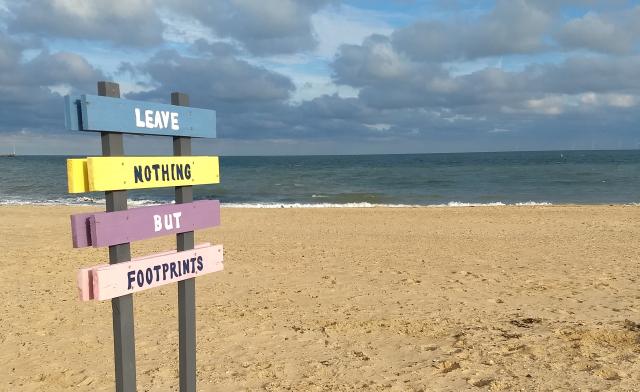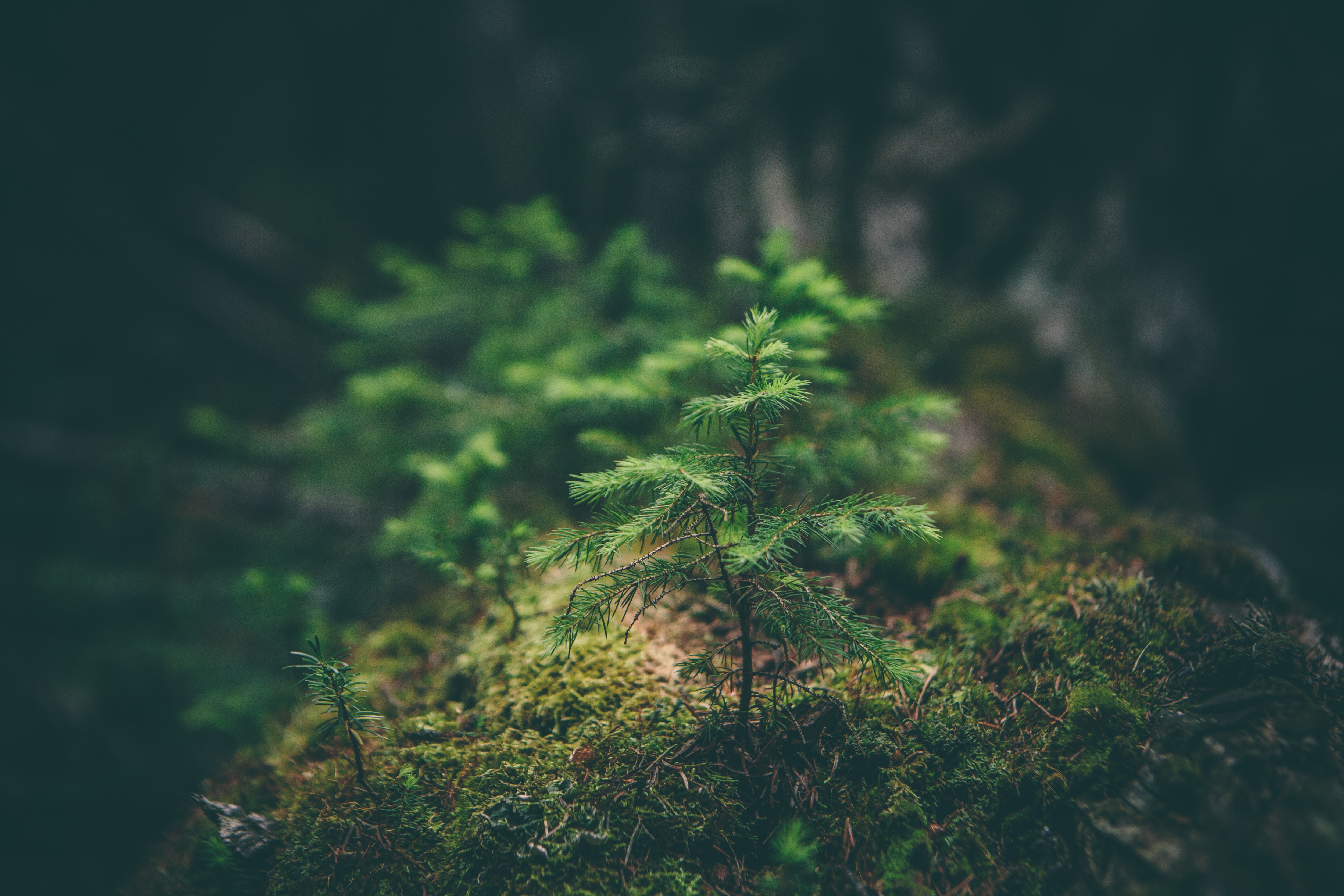Proofreader Alex Mackenzie regularly works for a sustainability company. In this post, she explains what her week looks like.
 I’ll come clean from the start – I am not a sustainability expert. My qualifications are in the arts and language-learning education, but a European sustainability company has contracted me as a proofreader, giving me regular paid work – which I absolutely love!
I’ll come clean from the start – I am not a sustainability expert. My qualifications are in the arts and language-learning education, but a European sustainability company has contracted me as a proofreader, giving me regular paid work – which I absolutely love!
The job popped up through an email alert from a recruitment website. They put me through their timed test, which I passed, and then trained me. The quality control team are great people and support me with speedy feedback – I’m learning a lot.
A typical Monday morning (and often Tuesday and also many a Friday) looks like this:
- Check the promised document has arrived in my inbox at 8am.
- No? Get on with my preferred morning routine (tea, more tea, yoga and meditation, coffee, browse CIEP forums and our accountability group posts on Slack, answer emails, highlight deadlines on my wall calendar, fiddle with the bullet journal).
- Continue with some fiction or English language teaching (ELT) editing – or write a blog post!
- Coffee break and the document arrives – work for three to five hours in highly focused hour-long chunks.
- Return the improved document to the consultant, with the office copied in.
- Complete the company’s online tracking and feedback spreadsheet, listing the language and formatting issues I attempted to solve.
On accepting a work request, I know a little about it: the number of pages, the deadline, the choice of UK, US or Australian English, whether the document needs to be transferred to a company template or not.
Expected tasks:
- Check the document type is as described (report, video storyboard, slide deck).
- Check against the style guide and correct template (headings, logo, images).
- Check spelling, punctuation and grammar (capitalisation choices, CO2, tCO2e).
- Check captions for tables, photos and figures.
- Check digits are UK English (1,500 not 1500; 0.08% not 0,08%).
- Suggest rewording as necessary and add any queries.
- Make final checks (test in PDF format, update table of contents, run slideshow).
- Double-check final checks and go through comments.
On opening the document, I know much more: the region (most often Latin America, many times Southeast Asia, occasionally Africa and Australia, recently Greenland). I also soon discover the quality of the language and any formatting issues. The best bit is when I learn about the project itself (indigenous planting techniques in post-colonial cocoa farms, sustainable forestry and community gardens, green energy in garment factories, soil and water conservation in conflict zones).
The joys:
- Seeing a night shot of a tapir in a Colombian forest.
- Improving the readability of a table that stretches across multiple pages, describing carbon emission reduction in industry.
- Persuading template headers to switch from portrait to landscape – and back again.
- Breaking the template rules (once or twice) in the name of getting that table to fit, preserving the logo’s white space.
- Wrestling a Spanglish sentence into plain English.
- Being a small part in persuading governments or multinationals to change direction.
 The consultant and their team often work in challenging conditions, so Google Docs is their easiest method for recording shared data and collaborating with teams in the field. The company’s quality control section (with me as one of their externals) filters the flow of information for these essential projects (through keen-eyed attention to the style guides and templates). The aim is that our documents are used for lobbying governments and encouraging corporate participation in worldwide initiatives that track and reward sustainable choices towards net zero.
The consultant and their team often work in challenging conditions, so Google Docs is their easiest method for recording shared data and collaborating with teams in the field. The company’s quality control section (with me as one of their externals) filters the flow of information for these essential projects (through keen-eyed attention to the style guides and templates). The aim is that our documents are used for lobbying governments and encouraging corporate participation in worldwide initiatives that track and reward sustainable choices towards net zero.
The challenges:
- Machine-translated documents confound my Spanish–English skills, but I get to read some delightful Spanglish images – ‘contemplating’ the soil type? Nice, but ‘considering’ would be better.
- Google Slides are pleasing to work with, but Google Docs are an unreliable conduit to the company templates.
- Handling specialised terminology across Englishes and in translation.
- Editing multi-author documents with their internal inconsistencies.
- Finding text that has been copied and pasted but tweaked – didn’t I just correct this?
Wrapping up
It is a privilege to bookend my week with paid work that takes me across the globe to the incredibly diverse projects protecting our planet and its Indigenous peoples, waterways, flora and fauna.
About Alex Mackenzie
Alex Mackenzie is a British copyeditor and proofreader living in Asturias, Spain. She moved into editing from a 30-year career in international schools across nine countries. Alex is a published ELT author with a Master’s degree in education. Areas of specialism are ELT, education, sustainability and meditation, adding creative non-fiction and fiction. She is a Professional Member of the CIEP.
 About the CIEP
About the CIEP
The Chartered Institute of Editing and Proofreading (CIEP) is a non-profit body promoting excellence in English language editing. We set and demonstrate editorial standards, and we are a community, training hub and support network for editorial professionals – the people who work to make text accurate, clear and fit for purpose.
Find out more about:
Photo credits: cocoa farm by David Greenwood-Haigh; notebook and pens by Amanda Randolph, both on Pixabay.
Posted by Abi Saffrey, CIEP blog coordinator.
The views expressed here do not necessarily reflect those of the CIEP.




